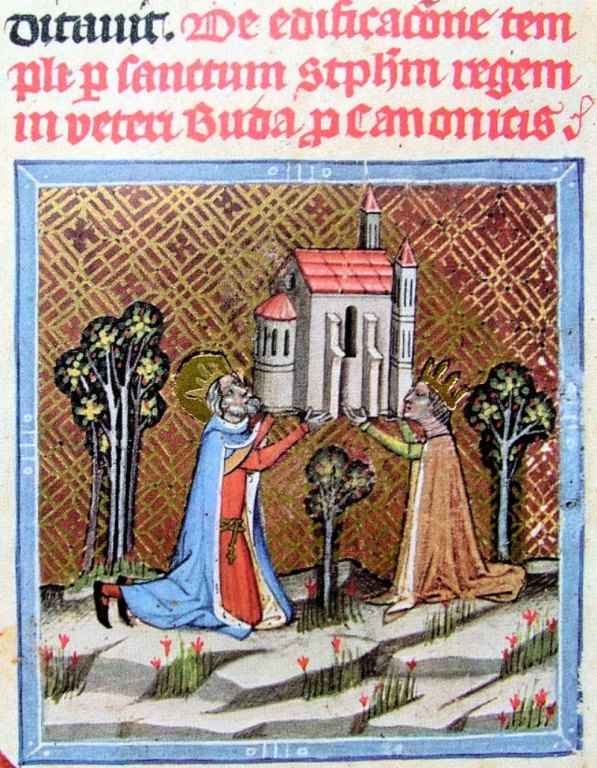Quelques remarques à propos de la tradition textuelle de la Chronique hungaro–polonaise
La relation de la chronique à la Légende de Hartvic
DOI:
https://doi.org/10.15170/SPMNNV.2013.07.07Keywords:
philolog, Hungarian–Polish Chronicle, Hartvic Legend, 13th century narrative tradition, Zamoyski Codex, Ossoliński Codex, textual traditionAbstract
Some remarks on the textual tradition of the Hungarian–Polish Chronicle.
The relationship of the chronicle to the Hartvic Legend
My paper is devoted to a narrative source, the so-called Hungarian–Polish Chronicle, also known as Chronicon mixtum. Whilst Hungarian philologists did not show much interest in the text, the 13th century source gained a growing popularity in Polish and Slovak historiography. In the present article, with the aim to determine what one can understand under the notion of the text of the Chronicon mixtum, I try to enlighten the relation between the longer redaction and the shorter version of the chronicle. This analysis is tightly connected with another interesting problem: one can ask which sort of text of the Hartvic Legend could have been used by the anonymous 13th century chronicler, who borrowed complete passages from the Hungarian vita of Saint Stephen. On the basis of the collation of the texts of the variant of the Hartvic Legend preserved in the Legendary of Seitz and the Hungarian–Polish Chronicle, László Szelestei N. could not exclude the possibility that the manuscript of Seitz and the Chronicon mixtum could reveal the existence of a shorter version of the Legenda Hartviciana: this variant could have been anterior to the text known in the research as Hartvic Legend. In my paper I reject this hypothesis, similarly to the theory of Ryszard Grzesik (Poznań) suggesting that the Hungarian–Polish Chronicle used a manuscript of the Saint Stephen vita which could have been closer to the archetype of the legend than any other known manuscript of the text.


